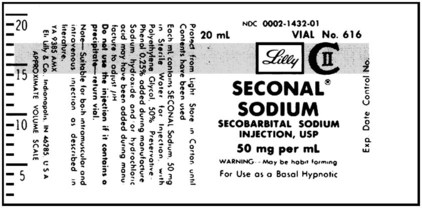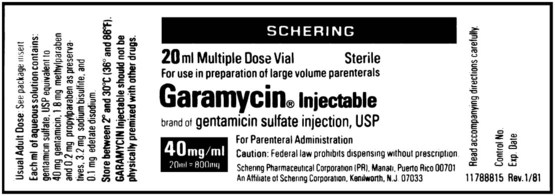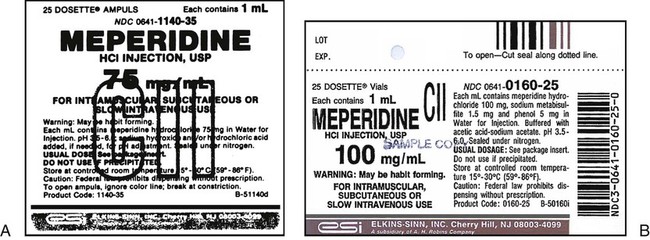Calculate Doses of Oral and Parenteral Liquid Medications
• Interpret orders and calculate the volume of oral and parenteral liquid medications necessary to administer ordered doses using either ratio and proportion, formula, or dimensional analysis method
• Accomplish conversion of equivalent measurements among metric, household, and apothecary systems as needed for oral or parenteral liquid medication doses
• Measure parenteral medications in ordered amounts in the appropriate syringe
• Calculate total doses of parenteral medications when two or more medications are ordered to be given together
Introduction
For some patients, solid medications such as tablets and capsules are difficult to swallow, and the physician will order oral liquid preparations. These preparations are usually stated in weight or strength/volume such as milligrams/milliliter. Because liquid medications may be dispensed in either drams from the apothecary system or teaspoons in the household measurement system, conversions among all three measurement systems are often required for dispensing or administering the prescription as written. As with solid medications, these conversions may be accomplished by either ratio and proportion or dimensional analysis. If ratio and proportion is used, then the formula method may be used for preparation of the medication for dispensing. If dimensional analysis is used, the conversion among systems may be accomplished by use of additional ratios for conversion in the equation. Thus the entire conversion and calculation may be completed with one elongated proportional step. (Examples are shown later in this chapter.) Some medications for oral administration are prepared in a powder form for reconstitution to a liquid form before dispensing—the subject of Chapter 9.
Injectable medications may be given when a person is unable to swallow solid medications or when a quicker effect is necessary. Parenteral medications are given by injection into body tissue and may also be given intravenously or directly into the bloodstream. Because solid medications cannot be injected under the skin except as special intradermal forms such as pellets, most injectable medications must be in liquid form. As with oral liquid medications, some parenteral medications come in powders for injection, requiring reconstitution before administration. These medications usually will not be stable in liquid form for an extended period, so they must be handled for stability at the time of administration (reconstitution of parenteral medications is discussed in Chapter 9).
Calculation Of Oral Liquid Medications
Oral medications are available in solid form as discussed in the previous chapter and in liquid form as discussed in this chapter. When oral medications are given in a liquid form, the absorption is usually faster because solids have to dissolve before absorption. The absorption of a medicine is controlled, in part, by the dosage form administered. Most oral medications are absorbed in the small intestine, although some are absorbed beginning in the mouth or stomach. These medications may be administered with oral syringes that are available in 1-mL, 5-mL, and 10-mL sizes (Figure 8-1), a medication cup (Figure 8-2), a dropper that is available in different measurements and is usually tailored by the manufacturer for a specific drug (Figure 8-3), dosage spoons (Figure 8-4), or by using household devices such as teaspoons and tablespoons. The newest form of administration of oral liquid medications is through a nipple or with a pacifier that will hold a measured amount of medication (Figure 8-5). The choice of administration implement for oral liquid medications depends on the volume of medication to be administered and the availability of supplies. Medication cups are found in institutional settings, whereas droppers and oral syringes may be used either in institutions or at home. Teaspoons and tablespoons are the measurements occasionally used for larger doses in the home setting or when the calibrated utensils are not available. The use of kitchen utensils is usually discouraged, because oral syringes and calibrated cups are more accurate.


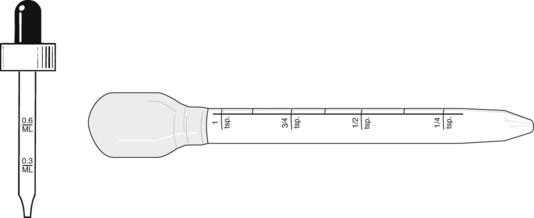
Liquid drug preparations are labeled with the strength of the drug (such as milligrams) in the total volume (such as milliliters) of the liquid. Remember that liquid medications may be expressed in metric (milliliters, cubic centimeters, and liters), apothecary (drams and minims), and household (teaspoons, tablespoons, pints, and the like) measurement systems. Doses of medication are also calculated based on strength/volume. This fact is then used to prepare liquid medications for administration. For example, a physician may order amoxicillin 500 mg to be given to a child who requires a liquid dosage form. The medication on hand is amoxicillin 250 mg (weight or strength) per 5 mL (volume). In this case the known amounts will be placed into the formula, ratio and proportion, or dimensional analysis equations for preparing the correct amount of medication. If you need to review the formulas for any of these ways of ascertaining the correct dose to be given or if you need to review the safety measures necessary for medication preparation and administration, return to Chapter 7.
As with the previous chapter, you will calculate doses for competency. You must remember that dose is the amount of medication to be administered at a specific given time, whereas dosage (to be discussed in Chapter 14) is the total amount of medication that will be administered over a particular length of time. Again, as a reminder, the label on the medication must be in the same system of measurement as that found on the prescription or medication order. If these do not agree, conversion should be accomplished to the system found on the label. Also, be sure the medication names are exactly the same, because many drug names look and sound alike.
Calculating Oral Liquid Medications Using Ratio and Proportion
As you learned in Chapter 7, when using the ratio and proportion method of drug calculation, the dose available (DA) and the dosage form (DF) must be one ratio, and the dose ordered (DO) and dose to be given (DG) must be the other ratio in the proportion. With liquids, DF and DG will be in volume, whereas DA and DO will be in strength or weight of drug.
Calculating Oral Liquid Medications Using Dimensional Analysis
Remember that dimensional analysis is really just an elongated form of ratio and proportion using fractional components. To review dimensional analysis as a means of calculating doses, please review Chapter 5. The problem in Example 8-1 would appear as follows for calculation with dimensional analysis:
Using a Medication Cup and Oral Syringe to Measure Oral Liquid Medications
When measuring oral liquid medications using a medicine cup, read the line of the medication to the meniscus at eye level. The meniscus is the curved line that develops on the cup when a medication is poured into the container (Figure 8-6). For medications that must be more accurately measured, an oral syringe should be used. With the oral syringe, the accurate dose is measured from 0.1 mL dose increments in the 1-mL syringe. In the 5-mL and 10-mL oral syringes the increments are in 0.2 mL.
Calculating Parenteral Medications In Vials And Ampules
Parenteral medications are available in ampules and vials (Figure 8-7) and are most often prepared as a liquid either in an aqueous or oil base by the drug manufacturer. Other medications that are not stable in the liquid form come in powders and crystals that must be reconstituted to a liquid form before being given parenterally. (Chapter 9 discusses the reconstitution of medications.)
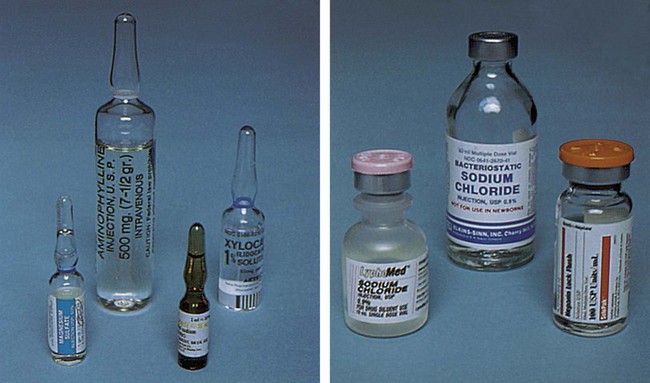
As with oral liquid medications, parenteral medications are identified on the container as the strength of the medication in a specific volume of liquid. The strength is usually provided in the metric system—milligrams, grams, and micrograms—and usually in milliliters for volume. The apothecary system’s units of grains per milliliter may also be used, although this is not as common today as previously. (International units are found with some medications, and this unit of measurement is discussed in Chapter 11.)
Once the parenteral medication has been calculated, the correct syringe must be chosen according to the volume of medication to be administered. If the volume of medication has a dose of less than 0.1 mL or is in increments of tenths of a mL, such as 0.25 mL, it should be measured with a tuberculin syringe (Figure 8-8). Syringes for larger volumes are chosen by the amount of medication to be either administered or added to intravenous fluids. A 3-mL syringe is the usual choice for medication volumes between 1 mL and 3 mL or when medications can be measured in tenths of milliliter above 0.1 mL, such as 0.3 mL or 1.9 mL (Figure 8-9). As seen in this figure, on some syringes that are manufactured with the needle attached, the needle has a safety cap as required by Occupational Safety and Health Administration regulations. The measurement of medications in larger syringes is not as accurate and is shown in 0.2 mL (Figure 8-10). The selection of the correct syringe depends on the volume of medication dose and the precision of the accurate dose. Note that medication volumes are measured with the bottom of the rubber stopper of the plunger placed at the calibration mark of the syringe for the correct fluid level of the medication. For example, in Figure 8-11 the volume would be 1.7 mL and in Figure 8-12 the volume would be 2.3 mL.



Drugs in vials—those sealed with a rubber-top—are for single- or multiple-dose use, whereas ampules—sealed glass containers—are for single doses. Powders for reconstitution may be in either multiple-dose or single-dose vials or even in Act-O-Vials (Figure 8-13). Ampules contain only single doses of medications and should never be “saved” for future use because no means are available to ensure maintenance of sterility. Liquids used for reconstitution may be supplied in either vials or ampules as designated by the manufacturer.
Review of Rules
Calculating Parenteral Medications
• Calculations for parenteral medications may be accomplished using ratio and proportion, dimensional analysis, or formula methods.
• Before beginning calculations of liquid medications, be sure the dose desired and the dose available are in the same measurement system. If the measurement systems are different, convert to the measurement system that is on the label of available medication.
• Liquid medication quantities are usually given in the strength of medication in the volume of solvent or the liquid amount. This proportion will vary with each liquid medication depending on how it is manufactured. You must carefully read the quantity of medication on each label.
• Liquid medications found on prescriptions for household administration are often converted to household measurements for dispensing unless a specific dispensing utensil is provided by the manufacturer or pharmacy.
• Medication orders and prescriptions for oral liquid medications can be calculated using the ratio and proportion, dimensional analysis, or formula method.
• To solve using the ratio and proportion method, set the known measurements in the equation with the unknown correctly placed in the equation. The following change in the ratio and proportion is necessary for liquid medications:

• Dimensional analysis is an extended method of ratio and proportion placed in fractional units. See the rules at the end of Chapter 5 for a review of this means of solving dosage.
• The formula method uses the same formula as found in Chapter 7. In the case of liquid preparations, the quantity will vary with each medication. Manufacturers provide the strength of medication in a volume (qty). Be sure that the measurement system for the dose desired and the dose on hand are the same, but remember that the quantity may vary in measurement system (e.g., the medication strength may be in milligrams, but the quantity may be in either teaspoons, milliliters, or drams).
• Calculate the problem with the method that is most comfortable for you, but be consistent in the calculation technique.

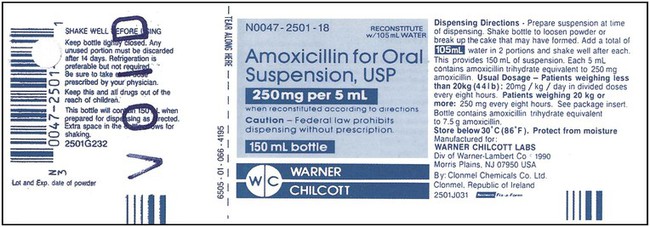

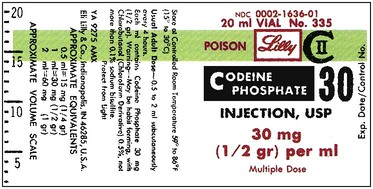
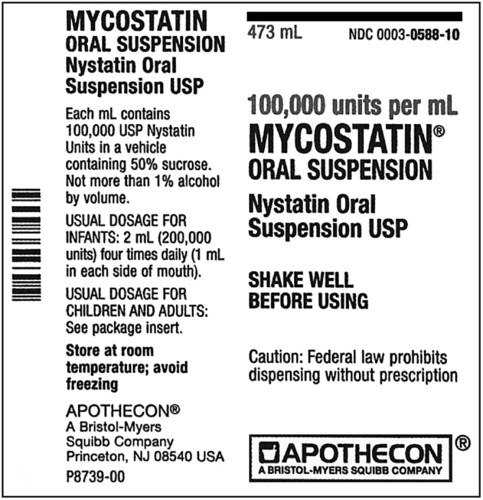
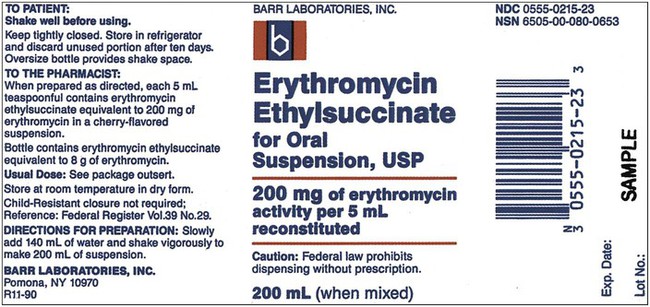

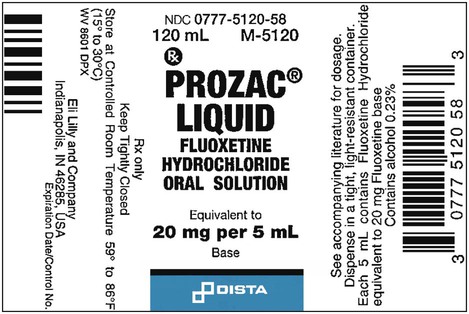
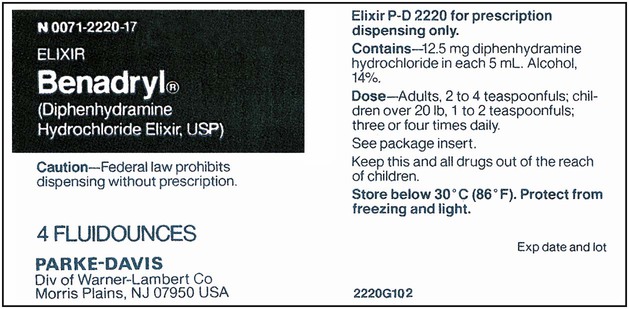
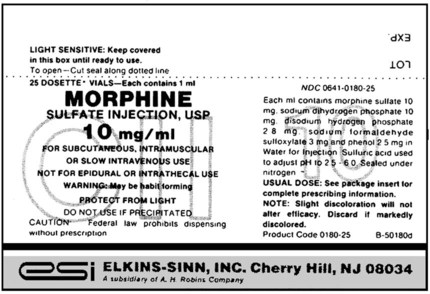
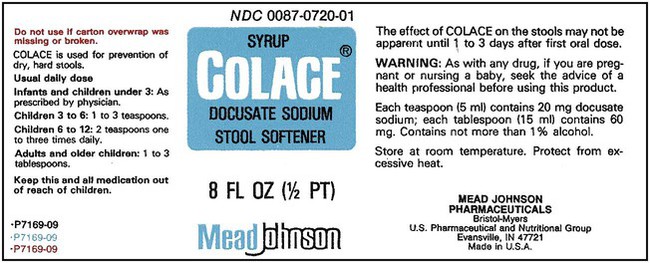

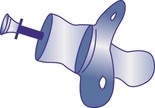















 tsp. Remember that household measurements are in fractional units rather than decimal units.
tsp. Remember that household measurements are in fractional units rather than decimal units.





 tsp.
tsp.
 ) in the apothecary system may be used to write prescriptions, but this would not be used when providing the instructions on a medication label for home use. Now take the same problems seen before and calculate using the formula method.
) in the apothecary system may be used to write prescriptions, but this would not be used when providing the instructions on a medication label for home use. Now take the same problems seen before and calculate using the formula method. ) is approximately equal to a teaspoon or approximately 5 mL. When converting among systems, use the conversion factor that gives the closest accurate dose. (For further review of conversions among measurement systems, refer to
) is approximately equal to a teaspoon or approximately 5 mL. When converting among systems, use the conversion factor that gives the closest accurate dose. (For further review of conversions among measurement systems, refer to 








 tsp.
tsp. ) is approximately 4 to 5 mL and is considered a teaspoon in the household measurement system because it is not possible to measure 4 mL in a household teaspoon. Always use the conversion that is measurable in the utensil to be used for dose administration.
) is approximately 4 to 5 mL and is considered a teaspoon in the household measurement system because it is not possible to measure 4 mL in a household teaspoon. Always use the conversion that is measurable in the utensil to be used for dose administration.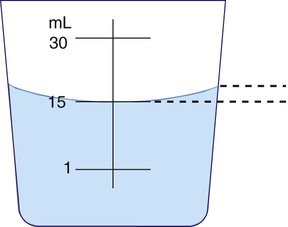


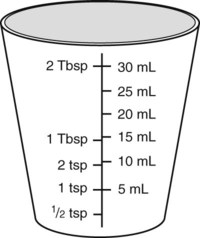
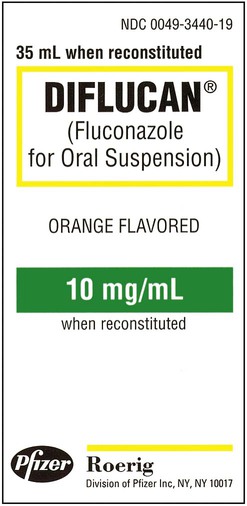

 food
food

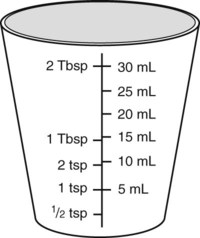

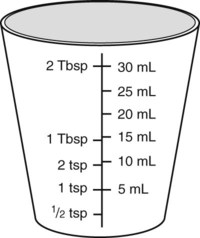
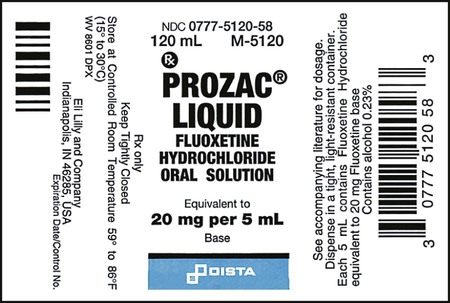
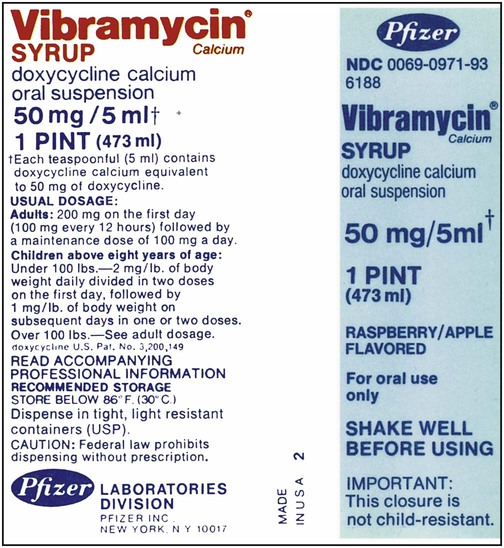
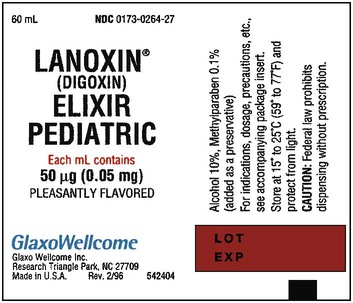
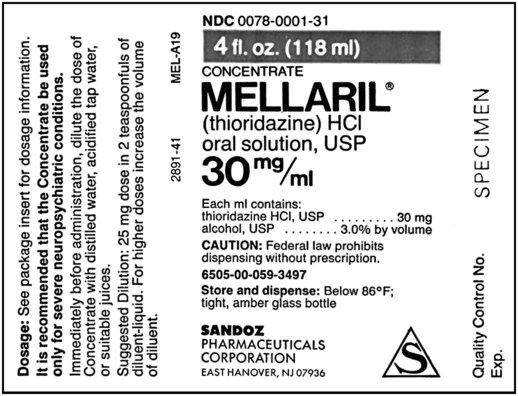
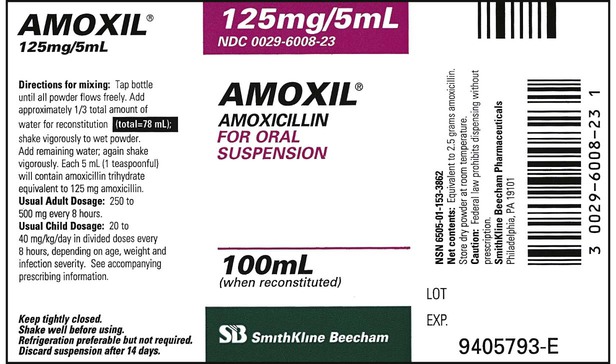
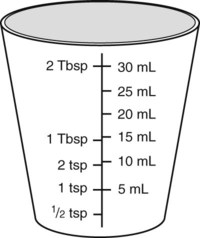
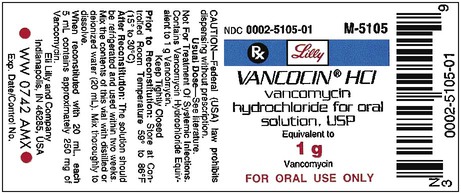

 food
food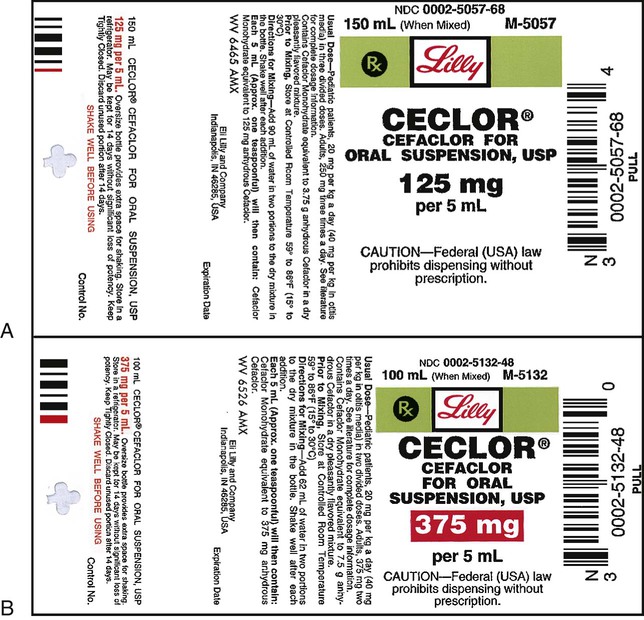
 food
food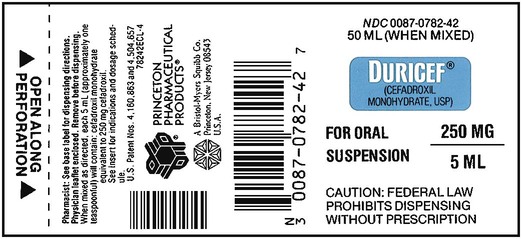
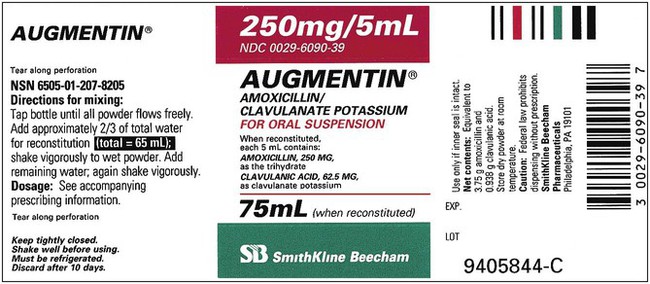




 food
food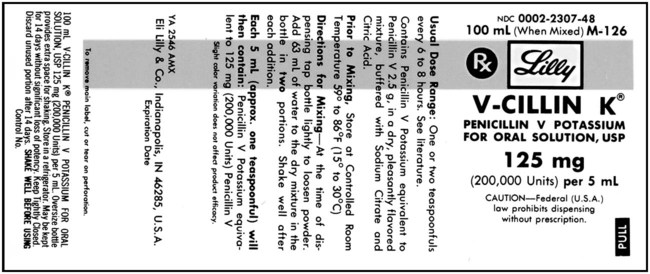
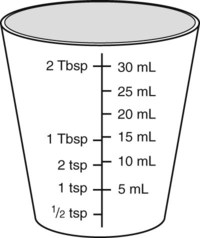
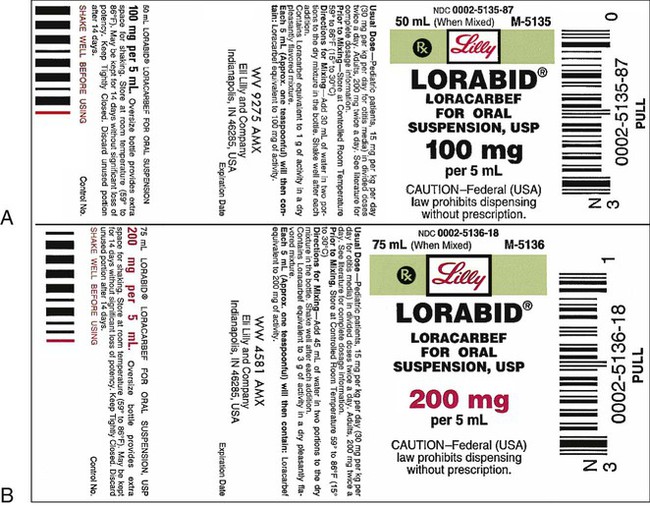
 ) markings. If these syringes are used, care must be taken to read the correct measurement such as mL in the metric system and dram (
) markings. If these syringes are used, care must be taken to read the correct measurement such as mL in the metric system and dram ( ) in the apothecary system. This is extremely important for patient safety because the dosage will be affected greatly by reading the incorrect markings.
) in the apothecary system. This is extremely important for patient safety because the dosage will be affected greatly by reading the incorrect markings.

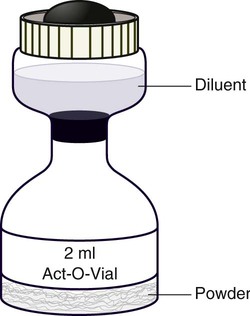










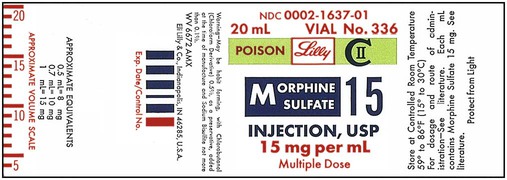



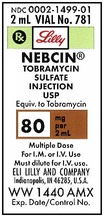






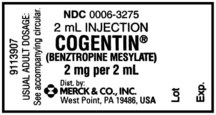

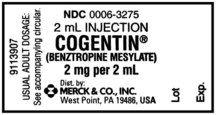


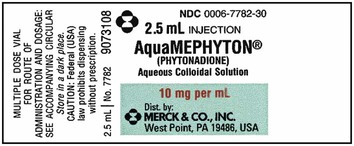


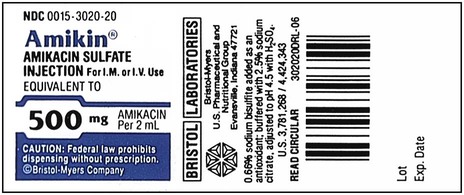


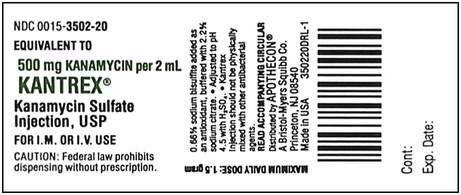





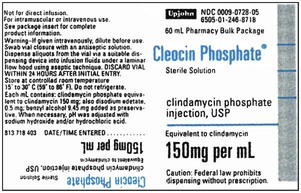


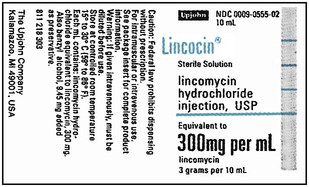



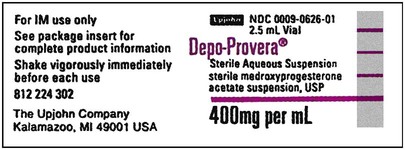
 IM prn rest
IM prn rest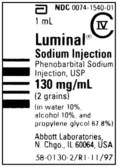


 IM prn pain
IM prn pain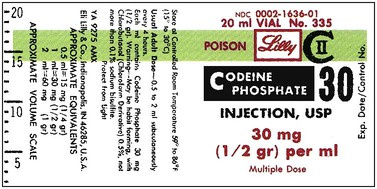
 IM q4h prn agitation
IM q4h prn agitation


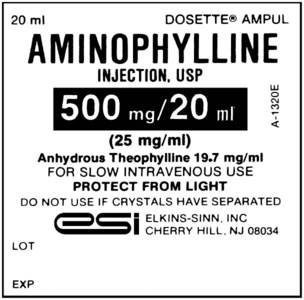
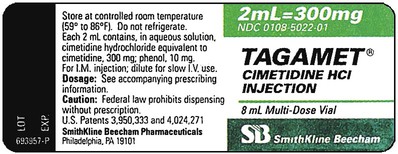



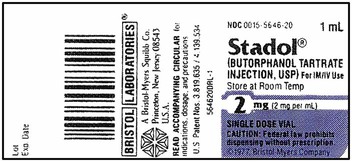


 q4h for epilepsy
q4h for epilepsy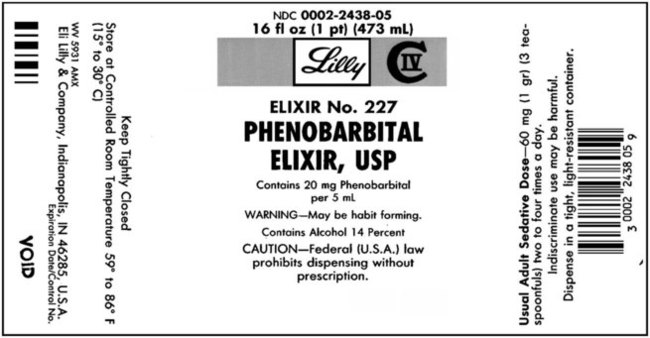
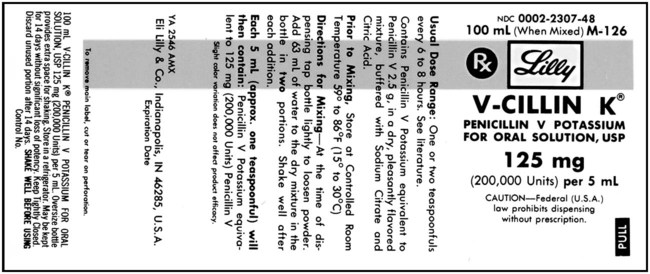
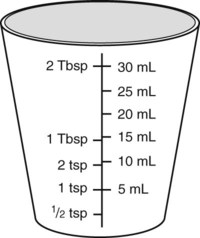



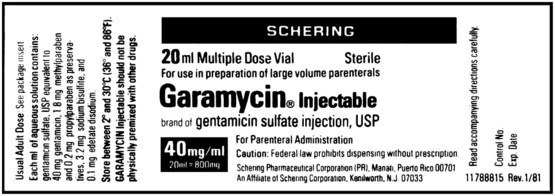


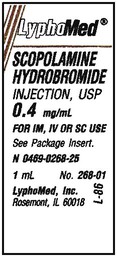



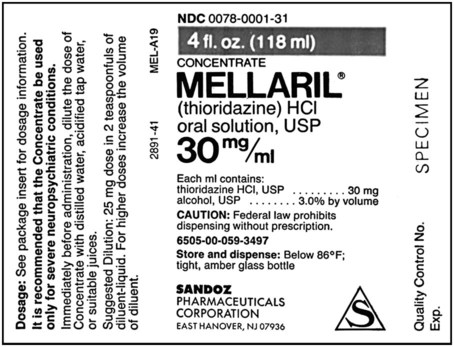
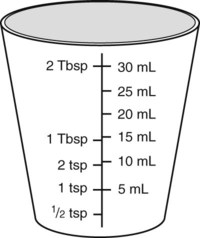

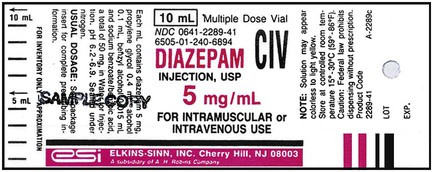

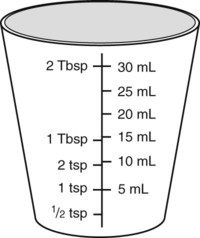

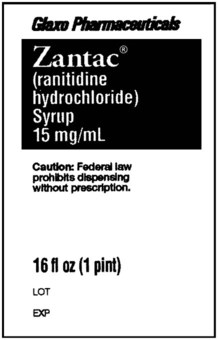
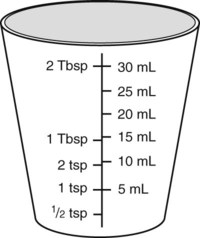


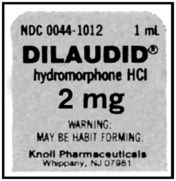


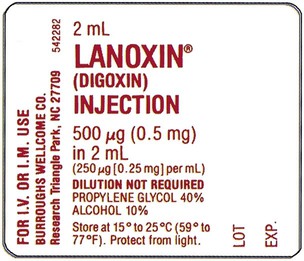
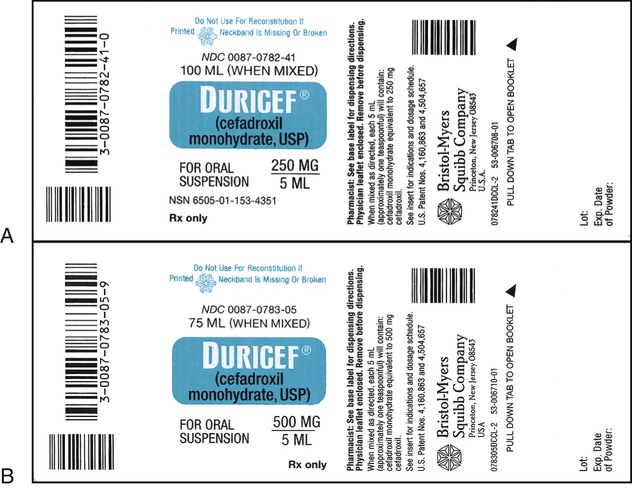
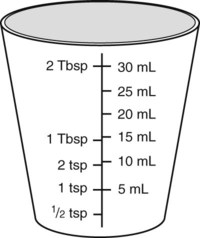


 IM prn sleep
IM prn sleep